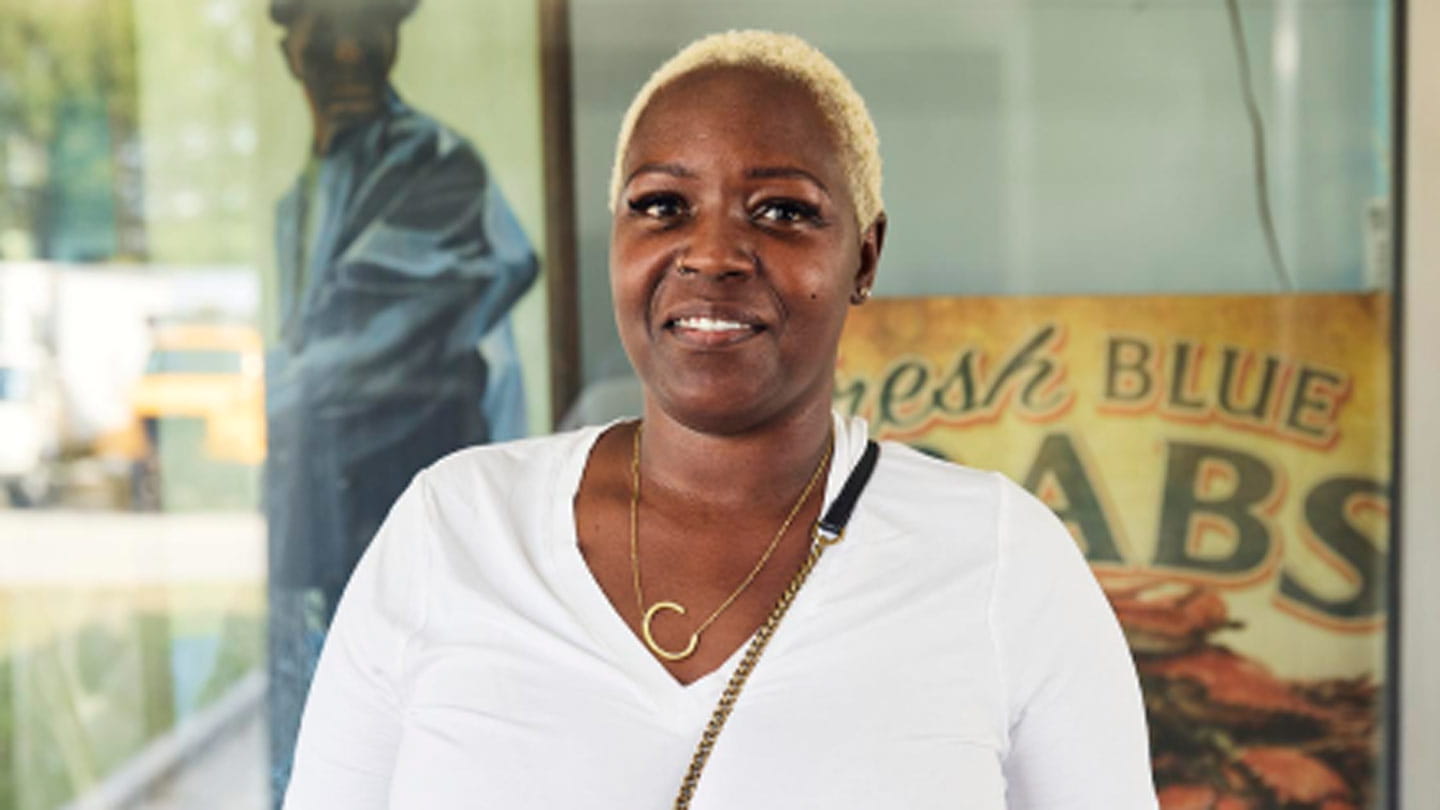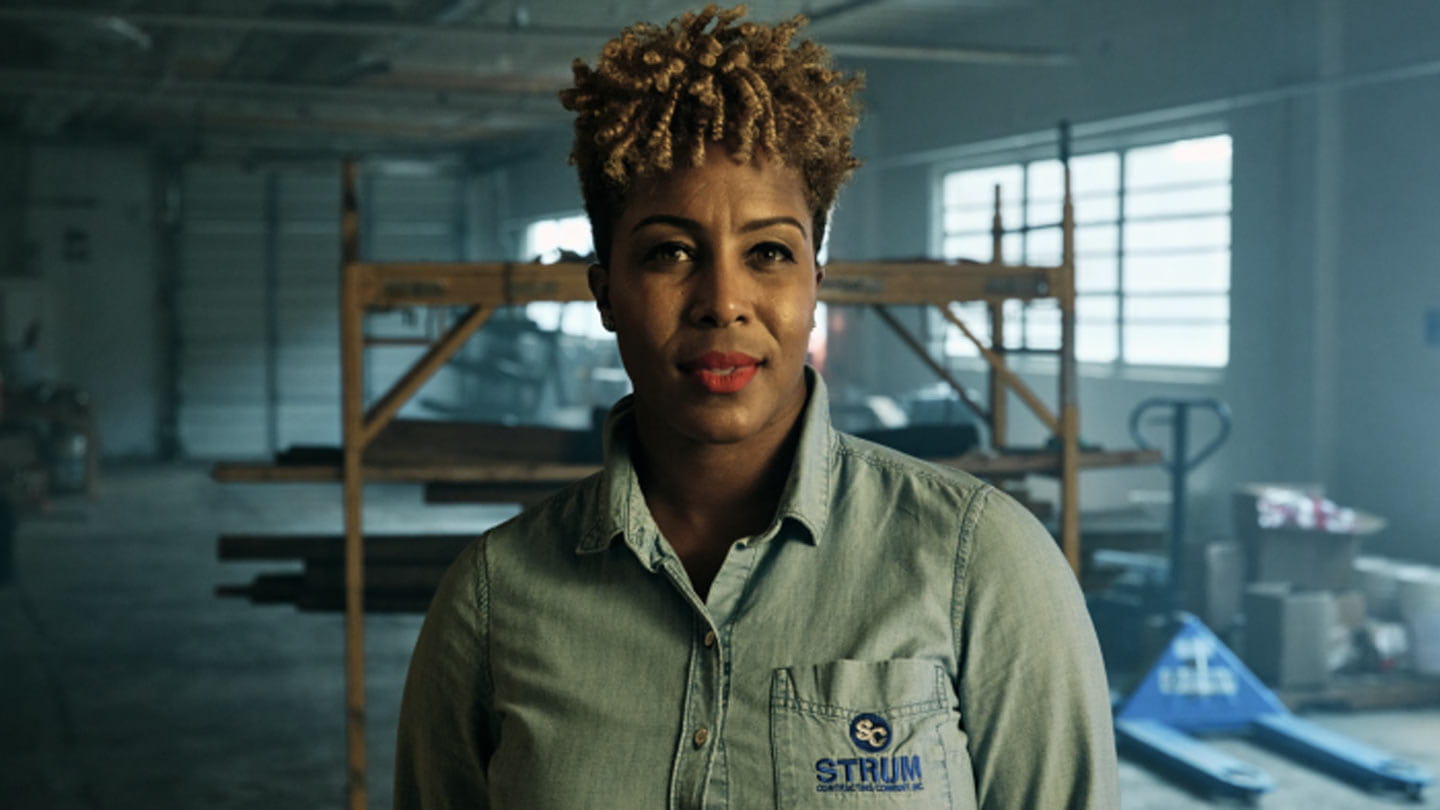I got my oyster tattoo four years ago. At that point I was pretty much wed to the oyster farm, so I wanted to make that statement. I didn’t have a background in oysters. I used to be a financial analyst in Washington, D.C. But I grew up on the shore, so I was always drawn to the bay.


I started oyster farming in 2015 and joined forces with Hal and Brian in 2018. The oyster used to be the cornerstone of the Chesapeake Bay’s fishery. Today in the U.S. we import around 65 % of the seafood we eat. But back in the oyster boom of the 1880s-1900s, Maryland was the largest producer of oysters in the world.
For me, oysters impart a sense of place. When I think of oysters, I think of the Chester River where I grew up. If you weren’t told where an oyster was harvested, you could work it out from the taste. In the mid and upper bay, they take on a sweeter, more buttery flavor. But you can even taste the difference between oysters from different locations where we farm them, which includes further south into Eastern Bay.
↓

When it comes to sustainability in farming, you’ve got to be able to keep doing what you do in perpetuity. With oysters, that’s possible. We’re not taking anything out of the ecosystem, we’re adding to it. Plus, oysters are a keystone species, so they create a habitat that other species can benefit from.
When we first started at the Chester River site, there wasn’t much there. Today it’s teeming with fish, eels, grass shrimp, cownose rays. It’s way more diverse because of the structure the oysters have added. But things like water acidification and rising temperatures are going to be a challenge, so the more that’s mitigated through renewables, the better.
Being an oyster farmer is a calling. It’s hard labor, but it’s rewarding. Like a skilled artisan, you can be proud of what you create. Our soil is the water. The better it is, the better our crops are going to grow.
Scott Budden is a partner in Orchard Point Oyster Company.
Watch Scott Budden on the bay
Stories from Maryland
Meet local people who are dedicated to where they live and what they do. Find out what sustainability means to them, from regional produce and local community, to renewable energy and economic opportunity.

